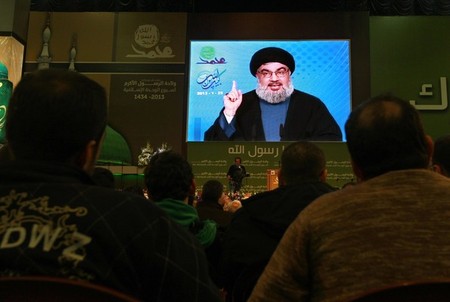Iran's terrorists: more keystone cops than seal team six.

Though it grabbed headlines for its brazenness, the 2011 Iranian plot to kill the Saudi ambassador in a DC restaurant was equal parts absurd. The accused assassin was a failed used car salesman who was duped by a DEA agent pretending to be a member of a Mexican drug gang. That such a high profile mission on U.S. soil by what is generally considered to be the world's elite militant group would be entrusted to such an individual raised serious questions about Iran's capabilities.
In a new report (PDF), the Washington Institute's Matthew Levitt illustrates that such bumbling has been the rule, not the exception, in Iran's recent attempts at international terrorism.
Under pressure from a campaign of sabotage and assassination, Iran and Hezbollah have joined forces to seek revenge against Israeli and American interests through a coordinated campaign of attacks in places such as India, Kenya, Georgia and Thailand, Levitt notes. Unfortunately for them (but fortunately for us), most of these have been abject failures, undermined by sloppy trade craft. Operatives took minimal efforts to cover their tracks, re-used phones and SIM cards, carried Iranian currency abroad and partied with prostitutes.
"It's as if there's a systematic policy of Iran recruiting low-rent, downright kooky terrorists," remarks one unnamed analyst in Levitt's report.
"Instead of restoring Iran's damaged prestige, the attacks only further underscored Iran's operational limitations," Levitt writes. Still, Iran has had some success (a strike on Israeli tourists in Bulgaria is one recent example) and the concern is that Hezbollah and Iran "shake off the operational cobwebs" and perfect their technique.
(AP Photo)



